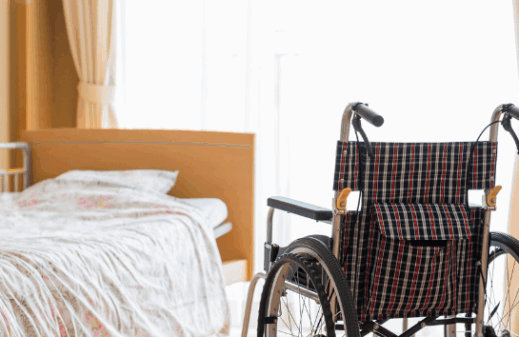There aren’t many professions where the daily threat of violence is accepted as part of the job. Unfortunately, it is often the case in the healthcare industry. Nurses and other healthcare workers frequently encounter workplace violence, and many may not know how to manage or report it.
Why Are Caregivers Vulnerable to Workplace Violence?
Caregivers work closely with individuals who are going through physical and mental health challenges. Such individuals are often highly unpredictable. In hospital settings, patients experiencing mental health breakdowns and substance abuse may lash out in acts of violence. In senior living settings, dementia is a common culprit.
Research published in the International Journal of Geriatric Psychiatry looked at 262 patients who had been diagnosed with Alzheimer’s disease. In the study, 52% of patients exhibited aggressive behavior of some sort, including 35% who were verbally aggressive and 18% who assaulted their caregivers.
While aggression could stem from a number of issues, another study draws a convincing link between the development of dementia and aggressive behaviors. The study, published in Alzheimer’s Care Today, looked at 400 community-dwelling veterans with new dementia diagnoses. Importantly, all these individuals were nonaggressive at the beginning of the study. Over the 24-month study period, 40.9% of the veterans began to display aggressive behaviors, including spitting, cursing, hitting, kicking, pushing, or biting.
The Impact on Residents, Staff, and Facilities
A study published in JAMA Network Open found that 15.2% of residents at assisted living facilities had experienced resident-to-resident aggression in the previous month.
Aggression may be a normal aspect of dementia, but this doesn’t make it any less traumatizing for residents or staff. Consider a story reported by NPR. According to a witness statement, Dowd (a male resident at a memory care facility) shoved Shively (another resident), resulting in a fractured skull and the victim’s death. Dowd was not criminally charged, and he stayed at the facility for almost three more years, during which time he allegedly hit male residents, groped female residents, and frightened the staff.
In addition to creating a toxic living environment for residents, aggressive behaviors may create a toxic working environment. According to The Conversation, nurses often don’t report incidents of violence. In fact, a study found that 74% of staff had experienced workplace violence in the past year, but only 30% had reported it. Nevertheless, incidents of violence take a mental toll on workers, leading to burnout and even prompting people to leave the profession.
In addition to facing worker turnover, facilities may face liability. For example, NPR says the family of Shively filed a lawsuit against the facility, alleging that Dowd should never have been accepted or allowed to stay at the facility. In its defense, the facility argued that all memory care residents are unpredictable and the incident was not reasonably foreseeable.
How Can You Support Your Senior Living Team?
According to the American Health Care Association and the National Center for Assisted Living (AHCA/NCAL), OSHA recommends a zero-tolerance approach to workplace violence, but this may not always be practical where senior living facility residents are concerned. Residents (especially those with dementia) are prone to aggression. However, accepting this fact does not mean you can’t do anything to keep residents and staff safe.
Recommended steps:
- Create and implement a workplace violence prevention program. According to AHCA/NCAL, this program should include a hazard analysis, control measures, training, and ongoing re-evaluation of the program. This violence prevention program can be a part of a greater culture of safety.
- Train team members to protect themselves. This could involve de-escalation techniques as well as knowing when to back off or ask for assistance.
- Document acts of aggression. Encourage staff to report incidents (including both verbal and physical acts of aggression) and create a clear and easy process for reporting acts of workplace violence. This will help facilities understand the scope of the problem, determine whether residents are getting worse, and take actions to manage the risk. Having this information in a resident’s file will also help other workers be aware of the issue to prepare them. Also document when care is disrupted due to the resident’s aggression.
- Be realistic regarding the limits of your facility. Taking on too many residents or residents with too many needs may be detrimental in the long run. Determine whether you have the resources necessary to take on residents with a history of aggression, and conduct re-evaluations to determine whether a transfer is necessary.
There’s one more thing you can do to protect your staff and your facility: Maintain appropriate residential care facility insurance. Tangram provides RCFE insurance through the Personal Care & Assisted Living Insurance Center (PCALIC), including workers’ compensation and general liability insurance. Learn more.
This article is brought to you by Tangram Insurance Services.




